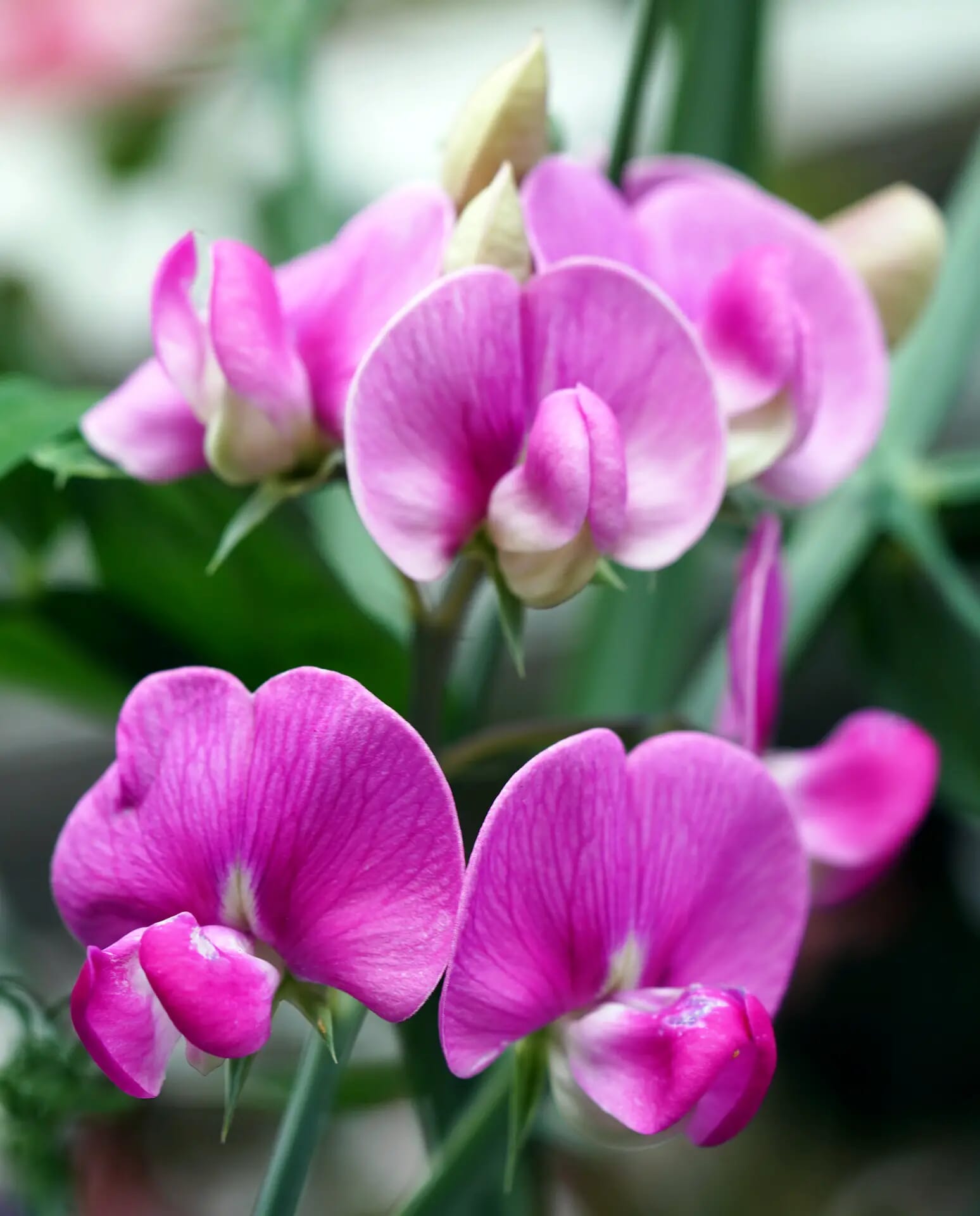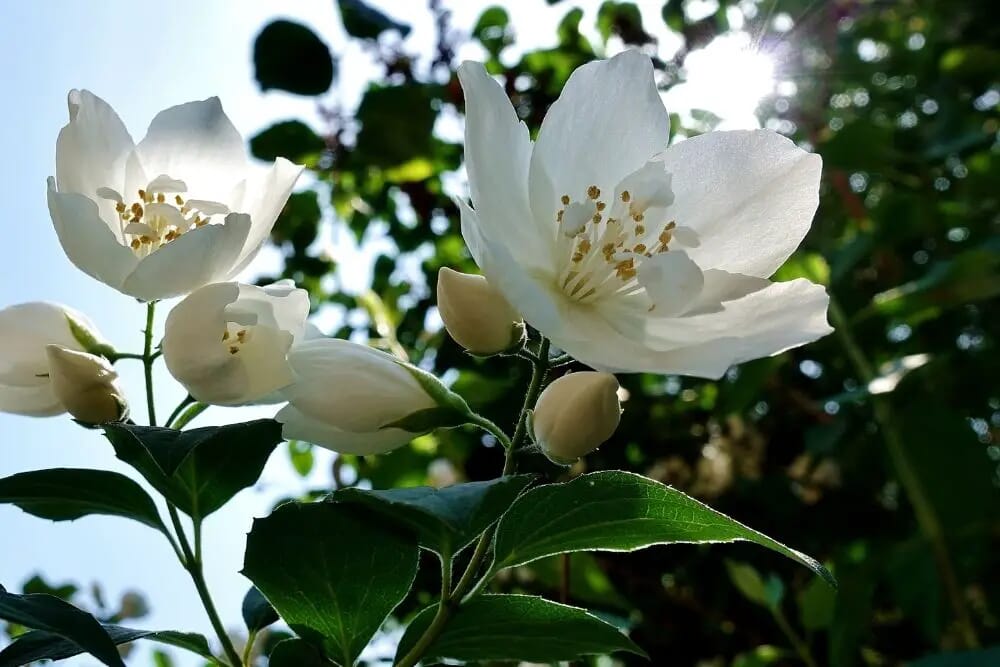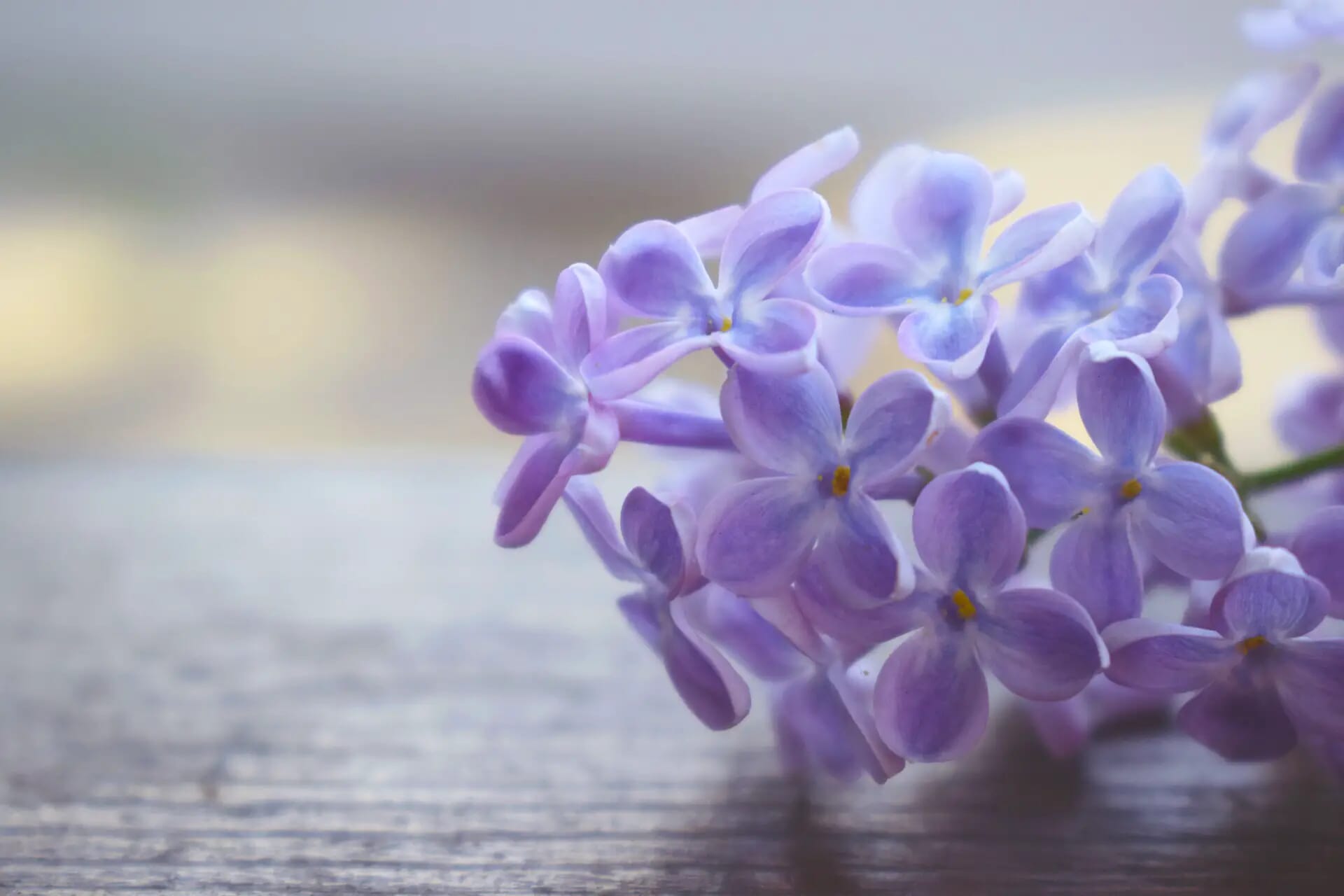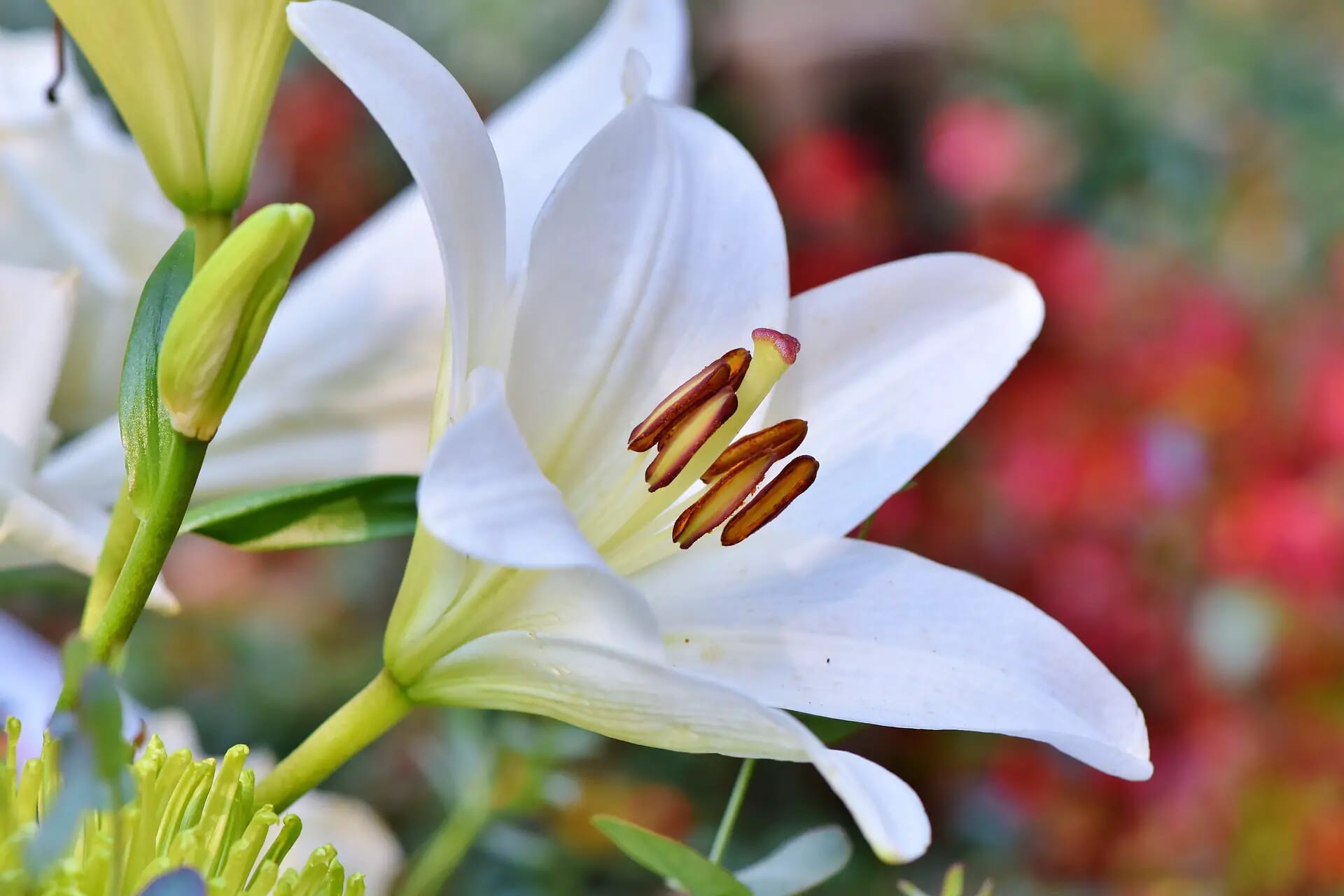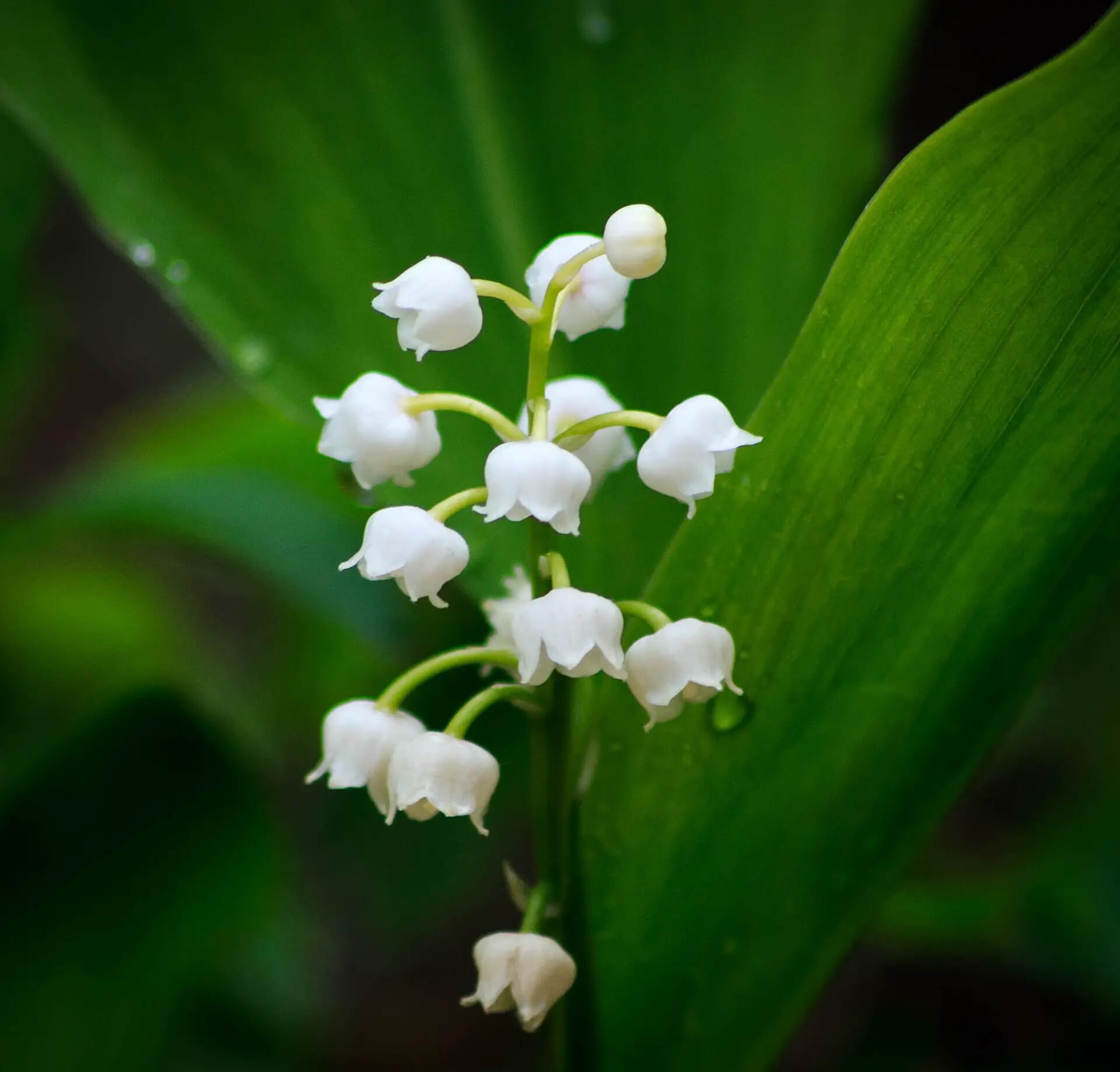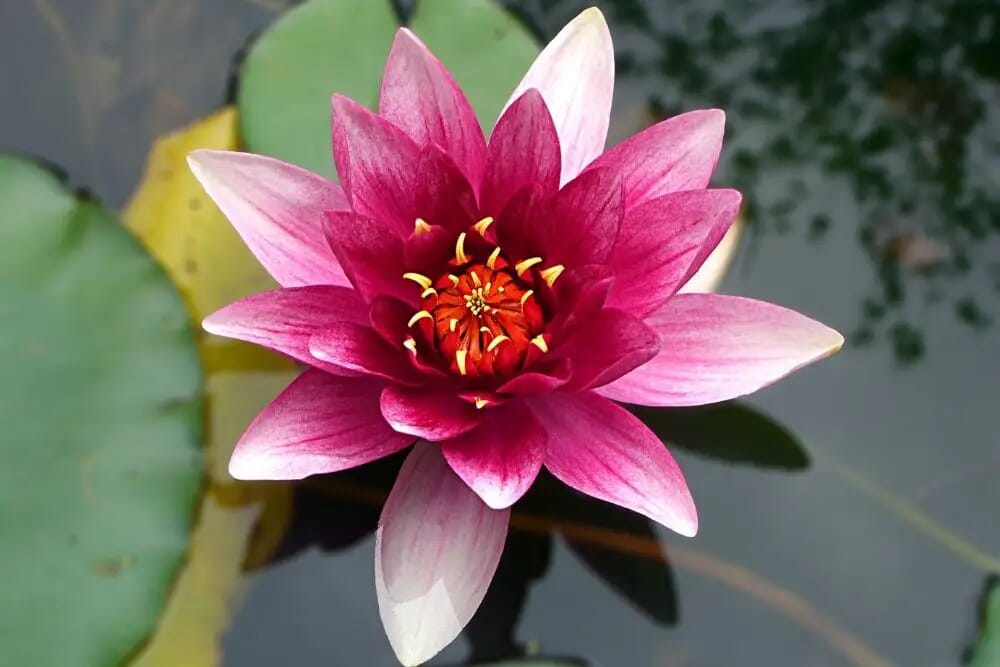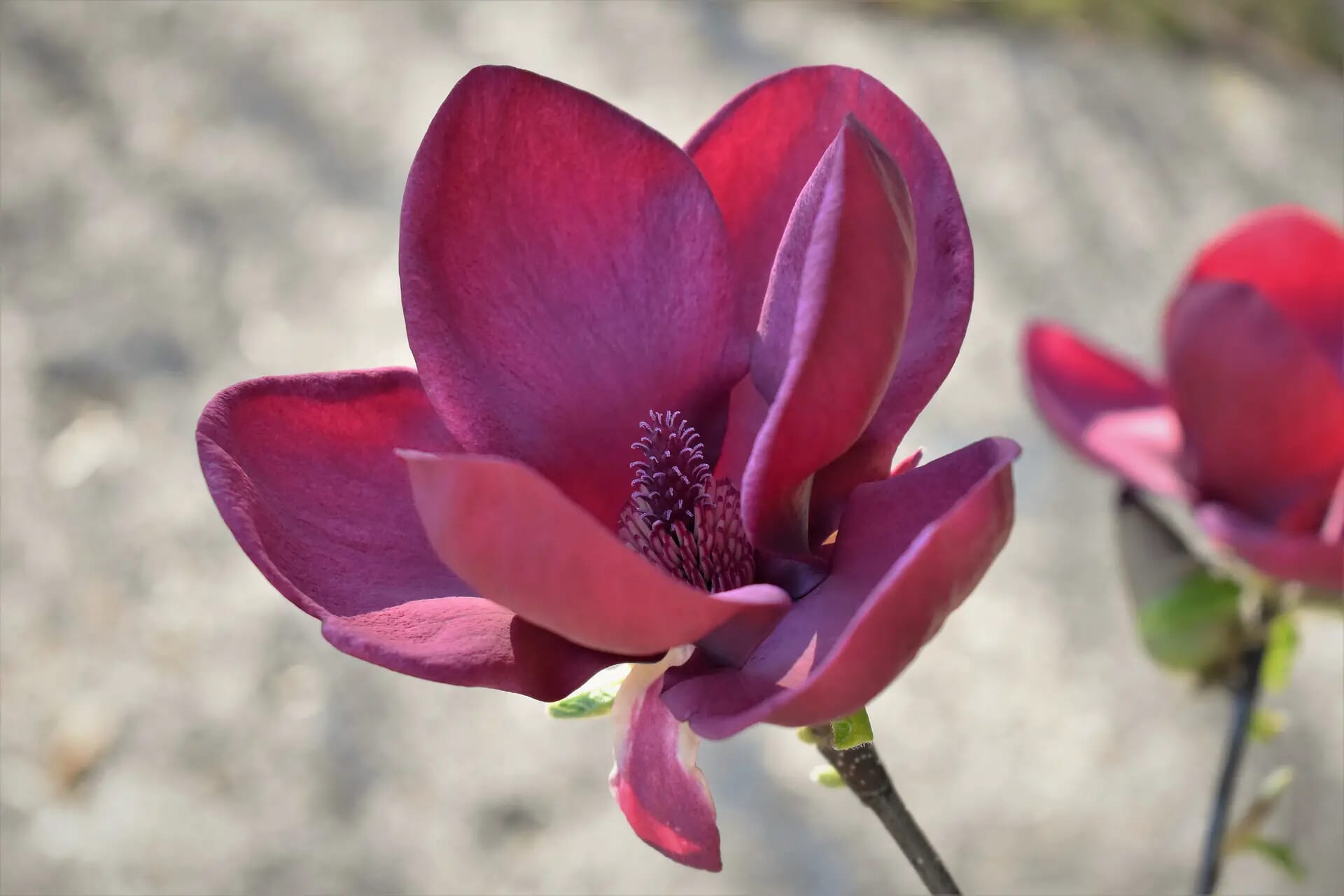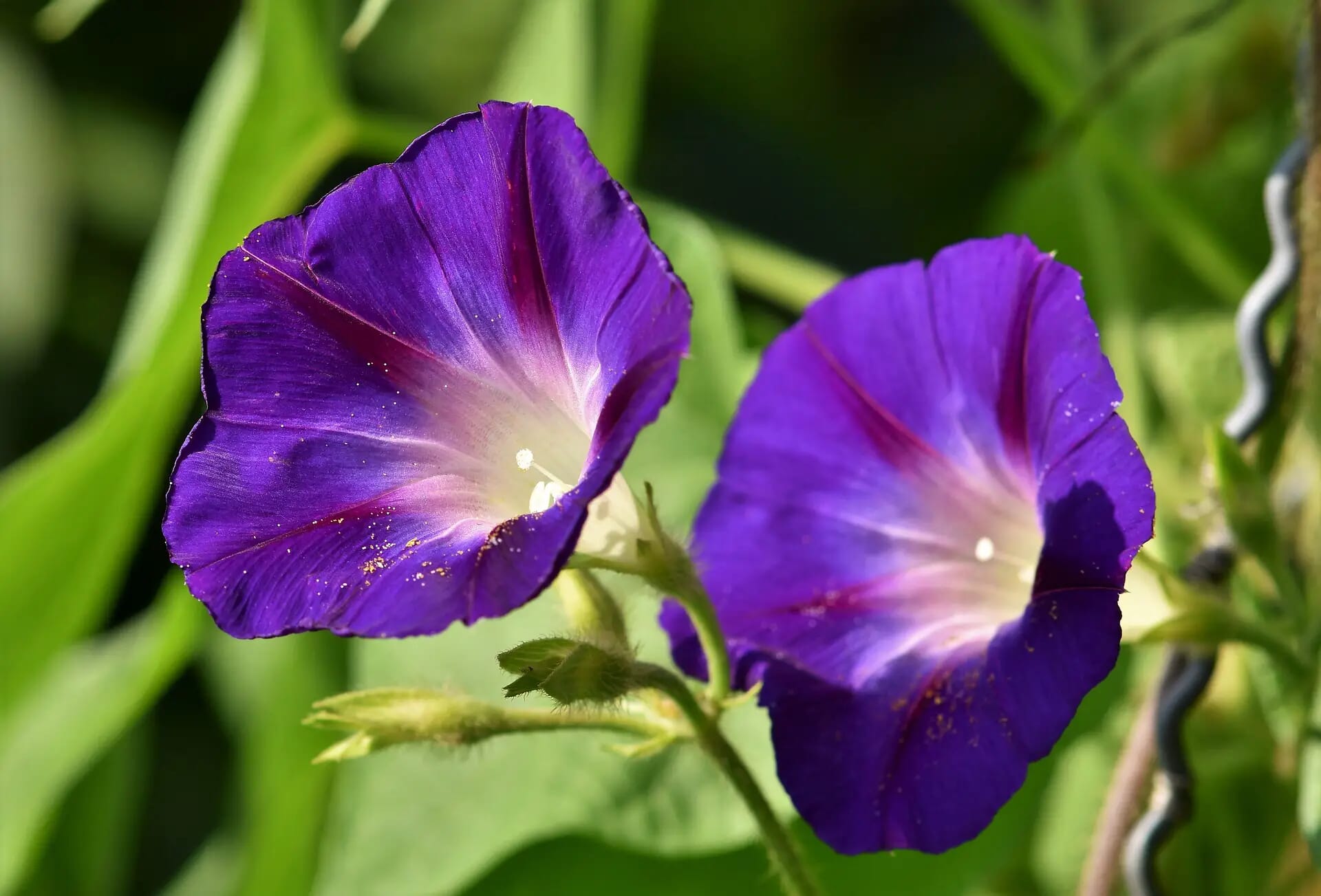Last Updated on January 8, 2024
As I stroll through a blooming garden, my senses are overwhelmed by the enchanting fragrance of sweet peas.
These delicate and vibrant blossoms have always held a special place in my heart, not only for their captivating aroma but for the hidden meanings they carry.
In this article, we’ll delve into the wonderful world of sweet pea flowers and uncover the fascinating symbolism and meanings that have made them a cherished presence in gardens and floral arrangements around the world.
From their history as tokens of appreciation to their representation of blissful pleasures, join me in exploring the captivating story of the sweet pea flower and the emotions it evokes.
Key Takeaways
- Symbolism and Positive Meanings: The Sweet Pea flower, characterized by its delightful fragrance and vibrant colors, symbolizes positive sentiments such as light, childhood, virginity, and chastity.
- Multifaceted Symbolism: Sweet Peas hold various meanings, including pleasure, greetings, gratitude, good omens, chastity, truth, joy, and celebration. They are associated with the enjoyment of nature, goodwill gestures, loyalty, and long-lasting friendships, making them versatile symbols for positive occasions.
- Color Meanings: The color of Sweet Pea flowers carries specific meanings. For instance, orange symbolizes excitement, red represents passionate love, white signifies purity, innocence, and mourning, pink denotes affection, and purple symbolizes loyalty and pride.
- Cultural Significance: Sweet Peas were popularized by Victorian gardener Henry Eckford and symbolized virginity and purity for brides. They are associated with weddings, funerals, and as gifts on special occasions.
- Tattoo Symbolism: A Sweet Pea flower tattoo is often associated with remembrance, especially for female friendships, grandparents, and mothers. It symbolizes growth, healing, femininity, sweetness, and pleasure.
What Does The Sweet Pea Flower Mean?
The Sweet Pea has a number of different meanings which we’ll list below.
Pleasure
The Sweet Pea blooms represent pleasure and enjoyment of nature.
The mixture of their fragrant scent and delicate petals symbolize beauty and delight in the natural world.
Greetings And Goodbyes
The Sweet Pea is also used as a goodwill gesture that represents having a good time.
Flowers in general are a perfect gift for a loved one or a friend, but Sweet Peas are the perfect way of saying how much fun you had.
Gratitude
The Sweet Pea is a symbol of loyalty and gratitude as well as being a symbol of long-lasting friendships.
Good Omens
The Sweet Pea is used as a good luck charm for brides, and to symbolize positive omens for the coming life together.
Chastity
The Sweet Pea, as the name suggests, is a symbol of sweetness, chastity, and purity.
Truth
Folklore, and superstition suggest that the Sweet Pea had magical properties that could provide wisdom and truth.
The phrase ‘Hey Sweet Pea’ is synonymous with lovers and family members alike, and represents true love and affection.
There are no negative connotations with Sweet Peas, the clue is in the name!
Joy And Celebration
The Sweet Pea is synonymous with goodwill and happy occasions.
RELATED: Acacia Flower Meaning, Spiritual Symbolism, Color Meaning & More
Etymological Meaning Of The Sweet Pea Flower
Scientific Name
Lathyrus odoratus translates to “fragrant and attractive,” aptly describing the Sweet Pea’s beauty and fragrance.
Origin
Native to Sicily and the Mediterranean regions, it gained prominence in Victorian gardens during the late 1800s.
Varieties
Sweet Peas come in various types, differing in color, fragrance, and climate adaptability, with charming names like Fire and Ice, Prima Ballerina, Strawberry Sundae, and more.
Family Resemblance
Belonging to the Fabaceae family, Sweet Peas resemble the Everlasting Pea but are perennials. The Everlasting Pea blooms year-round.
Fragrance
Sweet Peas are cherished for their delicate scent, combining hints of orange blossom, sweet honey, and floral jasmine, creating a candy-like aroma.
Symbolism Of The Flower
The Sweet Pea flower has many different meanings, but they commonly symbolize purity, innocence, and chastity.
You’re likely to find it blooms in a quaint English garden, or a cute rural cottage across the globe, think Miss Honey’s cottage-core paradise in Matilda and you’ll know what we mean!
These often symbolize friendship, kindness, and positivity as well as classic rural charm.
Many believe that the Sweet Pea symbolizes a positive experience and they also symbolize gratitude making them the perfect flower to give as a thank you gift.
RELATED: Alyssum Flower Meaning, Spiritual Symbolism, Color Meaning & More
Flower Color Meanings
The Sweet Pea comes in a variety of colors, all of which tend to be both light and pastel or bright and vibrant, blending beautifully together. Listed below are the different colors Sweet Peas grow in and what their meanings are.
Orange
Symbolizes excitement and exuberance
Red
Universally represents love and passionate devotion.
White
Signifies purity and innocence, often found in wedding bouquets; can also denote death and mourning, especially for young individuals.
Pink
The most common Sweet Pea color with variations like Fire and Ice (deep magenta fading into white), Mollie Rilstone (soft pastel pink), and Gwendoline (bright magenta).
Purple
Represents loyalty and pride, often used for house colors or stately homes, with varieties like Cupani (violet) and Matakana (deep crimson).
Meaningful Botanical Characteristics Of The Flower
Fragrance
The sweet scent of the Sweet Pea is one of its most attractive characteristics.
Easy To Grow
These are flowers that will bloom back even more if you give them a good trimming every so often! This makes them the ideal flower to have in your garden if you love having freshly cut flowers to decorate your home all season long.
Seasonal Flowers
These flowers will bloom all season long, and have a little trouble coming back the next year, even if you take care to prune your garden well during the winter.
For that reason, Sweet Peas are called annuals, which means they will be planted, grow, blossom, and die within a single season.
If you are looking for a Sweet Pea flower that blooms throughout the year, try planting the Everlasting Pea.
Abundance Of Colors
Sweet Peas come in a large variety of colors, making them the perfect filler for bouquets or as a colorful centerpiece all by themselves.
RELATED: Amaryllis Flower Meaning, Spiritual Symbolism, Color Meaning & More
Easy To Grow
Sweet Peas are very easy to grow, and add a fabulous pop of color to your garden with minimal effort!
A Long History
Because it is so easy to cultivate, it has a long history in gardening and floral design.
When you put Sweet Peas in your garden you are carrying on this tradition and they are a flower that is likely to remain popular forever due to their amazing color, distinct petal shape, and ease of use.
Related To The Pea
The Sweet Pea flower may not be a crop pea, but it is closely related to the traditional garden pea and within the same genus. They are both a part of the Fabaceae family, as are lentils and other beans and pulses.
Toxic Properties
The Sweet Pea contains toxins. Even though many used it as a food or medicine, it is dangerous for consumption to both humans and to animals.
Dogs and cats especially should stay away from them. If one of your pets is very prone to nibbling on your flower displays or munching your garden, it’s best that you don’t have sweet peas in there as they can cause serious issues.
If you know that your pet has consumed sweet peas it’s best to err on the side of caution and take them immediately to the vets and induce vomiting as soon as you can.
Children would have to eat a lot of seeds and stems in order to have an adverse reaction to Sweet Peas but ultimately they can be poisonous. Symptoms of which include convulsions, paralysis, and difficulty breathing. Be sure to visit the hospital if you know a child has consumed large quantities of Sweet Peas.
Good For Getting Rid Of Flies
The Sweet Pea might smell amazing to us, but flies really don’t like it. If you find that you’re just getting too many flies in your garden, perhaps the humble Sweet Pea could do the trick to clear them out.
Good For The Bees
Whilst not amazing particularly for pollinating, the Sweet Pea is a very bright color which tends to attract bees.
Plant your Sweet Peas amongst other pollinating flowers, especially under large amounts of shade, and you’ll be helping out your bee brethren.
Special Occasions For The Sweet Pea Flowers
Given their bright and beautiful colors, many oftern used Sweet Peas in bridal bouquets and especially popular amongst younger brides.
People also considered them ‘grandmother’ flowers as well. They further often used it for funerals, welcomes or as gifts on grandmothers or mothers day.
They are traditionally feminine flowers and their bright pastel colors are a popular favorite amongst many who embrace femininity.
The Sweet Pea is also the birth flower of those born in the month of April, making them an extra special gift for April birthdays!
Flower Cultural Significance
Since their Discovery In Sicily according to legend in the 17th century, they have had a long and fortuitous impact on the English and European botany world.
The famed Victorian nursery cultivator Henry Eckford was especially fond of the Sweet Pea flower and for most of the late 1800s and beyond, they were a popular addition to any British garden.
The Sweet Pea was a symbol of virginity and purity for brides, especially in France.
Giving a bride Sweet Peas on their wedding day is a sign of luck and good fortune for her coming marriage. They are still a wonderful and symbolic addition to a wedding bouquet.
RELATED: Allium Flower Meaning, Spiritual Symbolism, Color Meaning & More
Flower Facts
| FACT | DESCRIPTION |
| Scientific Name | Lathyrus Odoratus |
| Origin | Native to Sicily and the Mediterranean region, with a history dating back to the late 17th century. |
| Victorian Garden Favorite | Gained popularity in Victorian gardens during the late 1800s, thanks to Scottish gardener Henry Eckford’s extensive cultivation efforts. |
| Diverse Varieties | Available in various colors, fragrances, and growth patterns, suitable for different climates and occasions. |
| Fragrance | Known for its sweet and light scent, often described as a delightful mix of orange blossom, sweet honey, and floral jasmine. |
| Seasonality | Typically considered annual flowers, they bloom and complete their life cycle within a single season. Everlasting Peas bloom throughout the year. |
| Abundance of Colors | Comes in a wide range of colors, making them versatile for both mixed bouquets and stand-alone arrangements. |
| Easy to Grow | Relatively easy to grow, and they respond well to regular trimming, making them an excellent choice for gardeners who enjoy fresh-cut flowers. |
| Toxic Properties | Contains toxins that can be harmful to humans and animals. It’s particularly dangerous for dogs, cats, and children when ingested. |
| Repellent for Flies | The sweet scent of Sweet Peas is disliked by flies, making them useful for naturally repelling flies in your garden. |
| Attraction to Bees | While not primary pollinators, the bright colors of Sweet Peas attract bees. Planting them near other pollinator-friendly flowers can help attract and support bees. |
- Different seasonality depending on the climate and species- If planted in the fall, the Sweet Pea will blossom during the winter and spring in warm climates. In colder climes, the Sweet Pea will bloom in the summertime, provided the seeds are started as seeds in a greenhouse over the spring season.
- Latin name- The scientific name for Sweet Peas is Lathyrus Odoratus.
- Climbing plants- This plant naturally loves climbing, making them fantastic if you want to have them in a trellis in your garden. With additional support, they can reach up to 8 feet in length!
- Mound forming plants- If you grow them in a bush they can grow up to 1 to 2 ft per clump.
Flower Uses
The sweet doesn’t necessarily have any particular uses other than to look pretty! It’s a strong smelling flower which makes it great for adding fragrance to your garden.
Flies don’t particulary liked the smell. is also not particularly liked by flies, making a good flower to plant if you plan on having a large outdoor event and you want to avoid those pesky flies.
Many has used it for medicine. But this is definitely not something that modern times encourages. As much of the Sweet Pea is actually toxic to both humans and animals.
Any medical use that has relations to the sweet pea, it’s pretty unsubstantiated at this point. Whilst many still used seeds sometimes in unleavened Indian bread.
There are still some serious safety concerns so they don’t recommend it for human consumption.
What Is The Symbolism Of A Sweet Pea Flower Tattoo?
Due to the Sweet Pea’s meaning, a Sweet Pea flower tattoo usually has associations with those who have died as a symbol of remembrance.
This is especially true for female friendships, grandparents, and mothers as remembrance tattoos.
They are also a symbol of growth and healing as most flower blooms are, and they’re also just a symbol of femininity, sweetness, and pleasure.
Sweet Peas can potentially have a negative meaning as they can sometimes symbolize naivety.
But, it’s mostly used as a flower that celebrates playfulness and innocence.
Final Thoughts
The Sweet Pea is a fantastic flower to give on any occasion. Some flowers have dual meanings but the Sweet Pea is not one of them.
You can give them safe in the knowledge that they don’t have any hidden mean symbolism.
The Sweet Pea represents romance, kind-heartedness, thankfulness, and purity.
Hopefully, you have a better understanding of these lovely flowers, how to spot them, and the best occasions to give them to someone you love.
RELATED: Alstroemeria Flower Meaning,Spiritual Symbolism,Color Meaning & More
Frequently Asked Questions
What does the Sweet Pea flower symbolize in various cultures?
The symbolism of the Sweet Pea flower can vary across cultures. In general, it’s often associated with pleasure, gratitude, and delicate beauty. In England, it’s linked to departure, making it a popular choice for farewell bouquets.
Is there a spiritual significance to the Sweet Pea flower?
Sweet Pea is not commonly associated with specific spiritual meanings, but its delicate appearance and pleasing fragrance can evoke feelings of peace and tranquility, which may have spiritual connotations for some.
Are Sweet Peas used in any religious or ceremonial contexts?
Sweet Peas are not a prominent symbol in religious ceremonies, but their charming and fragrant nature may make them a suitable choice for weddings, funerals, or other personal ceremonies.
What is the significance of different colors of Sweet Pea flowers?
The color of Sweet Pea flowers can carry various meanings. For example, pink is often associated with young love and affection, while red symbolizes passionate love. White signifies purity and innocence, making it popular for weddings. Orange represents excitement and exuberance, and purple is linked to respect and loyalty.
Can the Sweet Pea be used for healing or medicinal purposes?
While Sweet Peas are admired for their fragrance and appearance, they contain toxins and should not be ingested. Historically, some cultures used them for medicinal purposes, but this practice is not recommended today due to their toxic properties.
Are Sweet Peas good for attracting pollinators like bees?
Sweet Peas, with their bright colors, can attract bees. While they may not be primary pollinators, planting them alongside other pollinator-friendly flowers can help support bee populations in your garden.
What is the history of the Sweet Pea flower’s symbolism in different regions?
The Sweet Pea has a rich history of symbolism. It gained prominence in Victorian gardens, where it was cherished for its sweet fragrance and delicate appearance. Its meaning can vary by region and culture, reflecting its adaptability as a symbol of diverse sentiments.
- Aconite Flower Meaning, Spiritual Symbolism, Color Meaning & More - February 15, 2022
- Acacia Flower Meaning, Spiritual Symbolism, Color Meaning & More - February 15, 2022
- Amaryllis Flower Meaning, Spiritual Symbolism, Color Meaning & More - February 15, 2022

